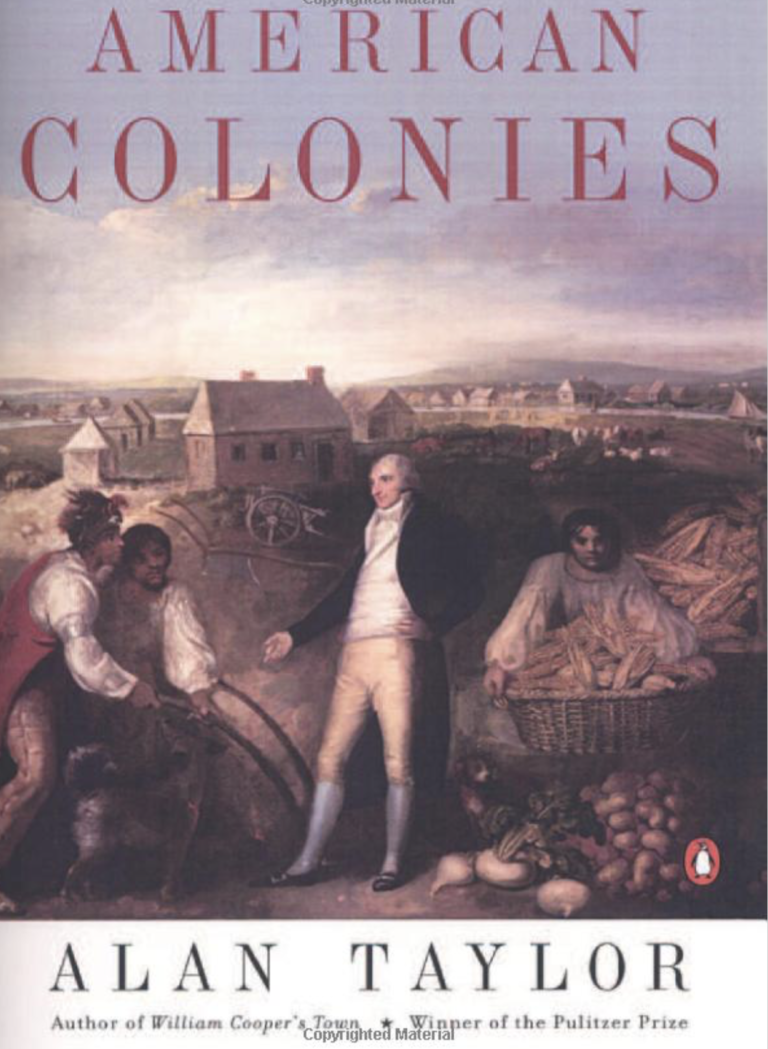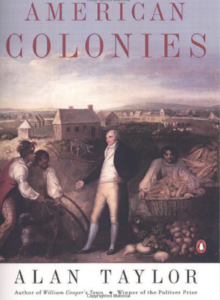Continental Visions

Each year in my course on the history of the American West, I ask students what images they most closely associate with colonial America. Always they respond with Pilgrims (at the first Thanksgiving), Pocahontas (as drawn by Disney animators), and patriots (led by George Washington). No surprises here: depictions of Pilgrims, Pocahontas, and patriots remain staples of American popular culture. They also affirm the enduring hold of an older vision of colonial history, for, as synecdoches, the figures of Pilgrims, Pocahontas, and patriots present a past that commences with the founding of Massachusetts and Virginia and culminates with the independence of the United States.
As a historian of the American West and even more as a teacher at a public university in California, I have been surprised, however, by what students do not add to the list. Not once has a respondent mentioned missions. The omission of missions is puzzling, because the vast majority of the students are from California. That means that back in fourth grade almost all of them built an elaborate diorama of a mission. When prompted, students remember in great detail the experience of constructing missions from sugar cubes, popsicle sticks, egg cartons, and whatever else could be scrounged from parents’ kitchens. Yet despite this most memorable of projects, missions do not enter their vision of colonial history. In their view, the history of colonial America played out exclusively on the Atlantic coast and involved only the thirteen mainland British American colonies that became the original United States.
Not that long ago, that is how most scholars conceived the field too, but recent work has forwarded a broader vision, and Alan Taylor’s new book provides the best synthesis to date of that wider frame. Taylor’s title, American Colonies, rather than the traditional Colonial America, announces his intention to survey plural pasts (xiv). Bringing all of North America and the West Indies into his sights, Taylor juxtaposes French, Spanish, Russian, and Dutch brands of colonialism alongside the imperial endeavors of the British. If the Chesapeake and New England still merit the most extensive treatment, these regions and the rest of mainland British America no longer “warrant exclusiveattention” (xv). In addition to chapters on the Middle Colonies and the Carolinas, American Colonies ranges from Canada to the Caribbean and from the Atlantic to the Pacific. Indeed, Taylor’s text ends not, as almost all colonial American histories do, with a chapter on the coming of the Revolution, but with one that examines the expansion of various European empires to the West Coast of North America and to the islands of the Pacific Ocean. The usual climax for colonial history, the imperial crisis that followed the Seven Years’ War, gets only five pages (in a book of nearly five hundred); the American Revolution earns only a paragraph. And these topics arise in the book’s penultimate chapter. Instead of with the inception of American nationhood,American Colonies closes with a chapter that carries well into the nineteenth century and that deals, among other subjects, with the establishment of missions in California.
Beyond the recognition that California’s missions belong in colonial American history, Taylor’s continental perspective foregrounds the common and comparative dimensions of European colonialism in North America. Drawing in particular on environmental and ethnohistorical scholarship, Taylor underscores how various mixtures of peoples and products from Europe, Africa, and the Americas shaped and reshaped all of North America’s colonial and indigenous societies in the centuries after 1492. Across the continent, even in places unseen by Europeans, American Colonies describes how the spread of European peoples (or at least of Afro-Eurasian animals, plants, and microbes) had transformative consequences for Indian peoples. Often the consequences were simply tragic, though Taylor insists that through the eighteenth century most of North America’s Indians retained the power to contest colonial domination and negotiate intercultural relations on more favorable terms. In most of the territory claimed by one or another European empire, the paradoxical impact of colonialism was a “deepening mutuality of dependency, binding Europeans and Indians together in an uneasy embrace” (92). The distinctive features of British, French, and Spanish domains depended as well on interimperial relations. Although the book treats different parts of the continent in separate chapters, Taylor appreciates that no region was entirely isolated and that colonial regimes regularly intersected and interfered with one another.
It is unfortunate, yet also revealing, that American Colonies concludes without a full and formal conclusion. The absence may reflect Taylor’s sense that while the colonial era of North American history ended, the legacies of colonialism endure. Or, it may be that Taylor was unable to distill a complex, polycolonial interpretation down to a satisfactory summation. After all, unlike the constricted, Anglo-centric vision that looked on colonial history only as a seedbed for American national history, Taylor has more ground, more people(s), and more experiences to recapitulate. Moreover, because Taylor disdains the teleology that reduces the colonial era to a protonational period, he cannot, as early American historians once did, wrap things up with a few well-chosen words about how the extension of liberty, equality, and opportunity set the stage for revolution and republican government. In lieu of patriotic balms, American Colonies leaves readers with discomforting truths. If North America proved “the best free man’s country” for several hundred thousand European immigrants, it “was a hard land for [millions who were temporarily or permanently] unfree” (441). Echoing John Murrin, Taylor’s book suggests that the fortunate few, whether colonists of British, French, Spanish, Russian, or Dutch America, were the beneficiaries of a catastrophe visited upon far larger numbers of Indians and Africans.
Next time I ask students for their first impressions of colonial America, I will come armed with a copy of American Colonies. When they tell me about Pilgrims, Pocahontas, and patriots, I can tell them to read a book that will open their eyes to a far more expansive colonial panorama.
This article originally appeared in issue 3.1 (October, 2002).
Stephen Aron, associate professor of history at UCLA and director of the Autry Institute for the Study of the American West, is the author of How the West Was Lost: The Transformation of Kentucky from Daniel Boone to Henry Clay (Baltimore, 1996) and coauthor of Worlds Together, Worlds Apart: A History of the Modern World from the Mongol Empire to the Present (New York, 2002).
